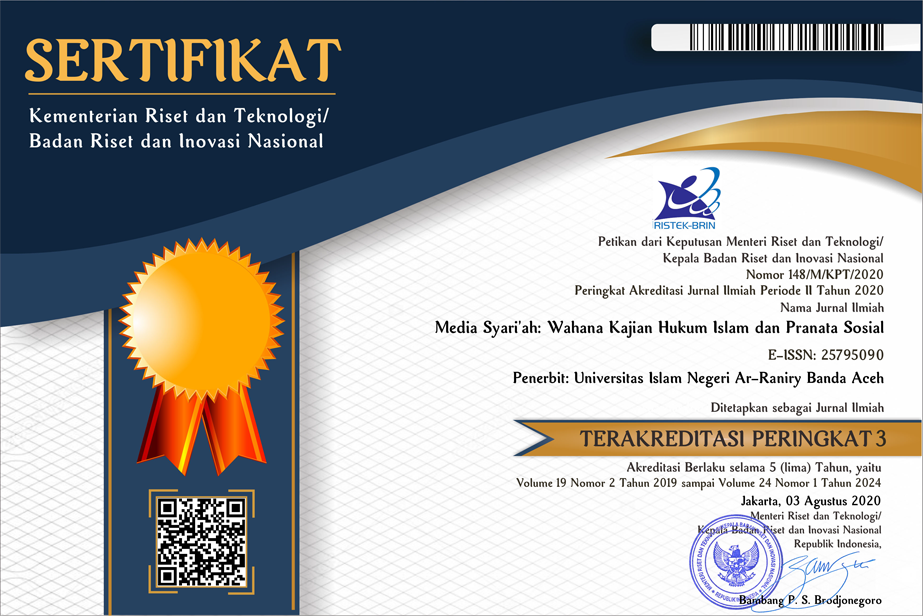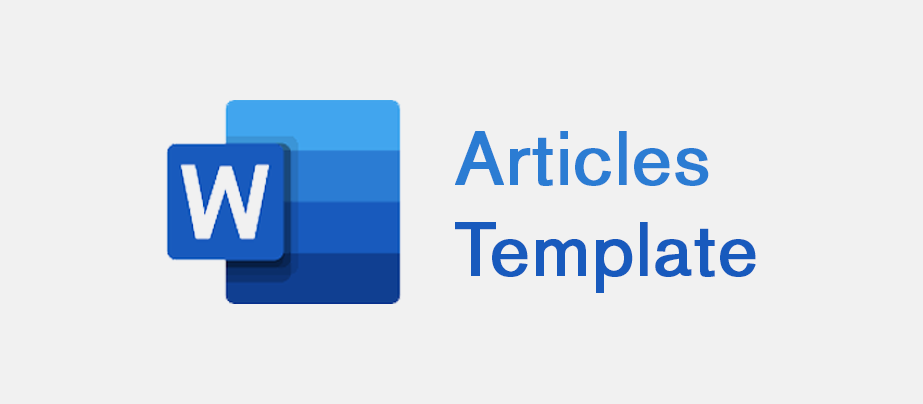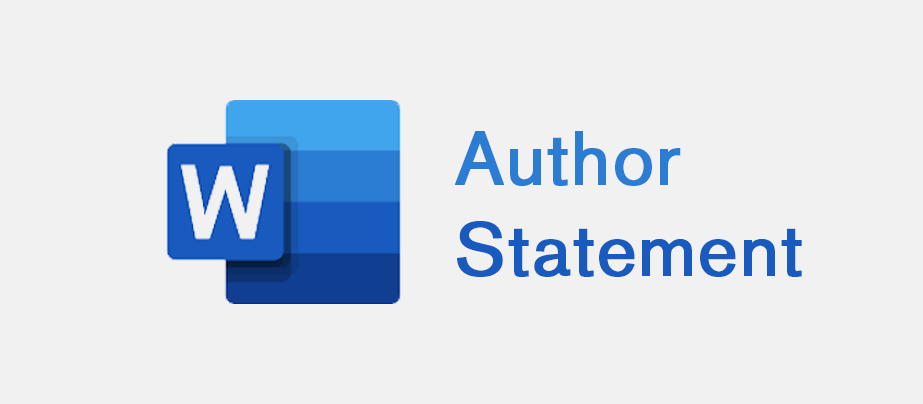Pengaruh Suku Bunga Terhadap Kinerja Perbankan Syariah di Provinsi Aceh
DOI:
https://doi.org/10.22373/jms.v19i1.2015Keywords:
Suku Bunga, Kinerja, Perbankan SyariahAbstract
It is widely known that interest rate is the core variable in a banking industry. Moreover, the performance of conventional banks are absolutely determined by the rate. However, the rate is prohibited to be utilized in an Islamic banking system. This paper aims at exploring the influence of interest rate towards the performance of Islamic banks in Aceh Province. In the other word, the paper is to know whether the rate influences Islamic banks or not. By Using two statistical softwares, E-Views 7 and SPSS-19, this research finds that the interest rate does not influence the performance of the Islamic banks.The performance of the banks under the research limites only deposits and financing of the banks. Either Granger Causality Test or Pearson Correlation indicates that there are no correlation between the variables in the model. However, the research does not have enough data, therefore the same research with more completed data is recommended.References
Brown, Brown (2003), “Islamic Banking Comparative Analysisâ€, The Arab Bank Review Vol. 5, No. 2, 43-50.
Chong, Beng Soon & Liu, Ming-Hua (2009),â€Islamic Banking : Interest-Free or Interest-Based?â€, Pacific-Basin Finance Journal Vol. 17, 125-144.
Cihak, Martin & Hesse, Heiko (2008), “Islamic Banks and Financial Stability: An Empirical Analysis†IMF Working Paper, WP/08/16 (Washington: International Monetary Fund).
Dar, Humayon A. dan Presley, John R. (2000), “Lack of Profit Loss Sharing in Islamic Banking: Management and Control Imbalancesâ€, Economic Research Paper No. 00/24, Loughborough University, The United of Kingdom, 1-27.
El-Din, Seif. I (2008), “ Income Ratio, Risk-Sharing, and the Optimality of Mudarabahâ€, JKAU: Islamic Econ., Vol. 21, No. 2, 39-62.
Ismail, Rifki (2010), “How Do Islamic Banks Manage Liquidity Risk? An Empirical Survey on the Indonesian Islamic Banking Industryâ€, Kyoto Bulletin of Islamic Area Studies, 3-2, 54-81.
Karim, Adiwarman A (2008), “Bank Islam, Analisis Fiqih dan Keuanganâ€, Edisi Ketiga, PT Raja Grafindo Persada, Jakarta.
Khan, Mohsin S. dan Mirakhor, Abbas (1989), “The Financial System and Monetary Policy in an Islamic Economyâ€, JKAU Islamic Economics, Vol. 1, 39-57.
Khan, Muhammad Fahim (2003), “Guaranteeing Investment Deposits in Islamic Banking Systemâ€, JKAU Islamic Economics, Vol.16, No. 1, 45-52.
Khalidin, Bismi (2012), “Prospek Pengembangan Perbankan Syariah Nasional Pasca Undang Undang Perbankan Syariah, Analisis dengan Pendekatan Model Statistika Chow Testâ€, Jurnal Share, Vol.1, No.1, 20-50.
Khalidin, Bismi. (2016). The Impact of Interest Rate towards the Performance of Islamic Banks in Indonesia (Analysis of the Islamic Bank’s Operation under Islamic Economic Perspectives). PhD Thesis, Syiah Kuala University, Indonesia.
Kiaee, Hasan (2007), “Monetary Policy in Islamic Economic Framework : Case of Islamic Republic of Iranâ€, MPRA (Munich Personal RePEc Archive), Paper No. 4837, online : http://mpra.ub.uni-muenchen.de/4837
Kruse, Douglas L (1992), “ Profit Sharing and Productivity: Microeconomic Evidence from the United Statesâ€, The Economic Journal, Vol. 102, No. 410, 24-36.
Memon, Noor Ahmed (2007), “Islamic Banking: Present and Future Challengesâ€, Journal of Management and Social Sciences Vol. 3, No. 1, 1-10.
Samad, Abdus (2004), “Performance of Interest-Free Islamic Banks Vis-À-Vis Interest-Based Conventional Banks of Bahrain,†IIUM Journal of Economics and Management 12, No.2, 2004, 1-15.
Sole, Juan (2007),â€Introducing Islamic Banks into Conventional Banking Systems†IMF Working Paper, WP/07/175(Washington: International Monetary Fund).
Zangeneh, Hamid dan Salam Ahmad (1993),â€Central Banking in an Interest-Free Banking Systemâ€, JKAU:Islamic Economics, Vol. 5, 25-36.
Downloads
Published
Issue
Section
License
MEDIA SYARI'AH: Wahana Kajian Hukum Islam dan Pranata Sosial has CC-BY-SA or an equivalent license as the optimal license for the publication, distribution, use, and reuse of scholarly work. Authors who publish with this journal agree to the following terms:
1. Authors retain copyright and grant the journal right of first publication with the work simultaneously licensed under a Creative Commons Attribution-ShareAlike 4.0 International License that allows others to share the work with an acknowledgment of the work's authorship and initial publication in this journal.
2. Authors are able to enter into separate, additional contractual arrangements for the non-exclusive distribution of the journal's published version of the work (e.g., post it to an institutional repository or publish it in a book), with an acknowledgment of its initial publication in this journal.
3. Authors are permitted and encouraged to post their work online (e.g., in institutional repositories or on their website) prior to and during the submission process, as it can lead to productive exchanges, as well as earlier and greater citation of published work (See The Effect of Open Access).
You are free to:
Share — copy and redistribute the material in any medium or format.
Adapt — remix, transform, and build upon the material for any purpose, even commercially.
The licensor cannot revoke these freedoms as long as you follow the license terms.
All papers published in MEDIA SYARI'AH: Wahana Kajian Hukum Islam dan Pranata Sosial are licensed under a Creative Commons Attribution-ShareAlike 4.0 International License.



.png)


.png)
.png)
.png)



